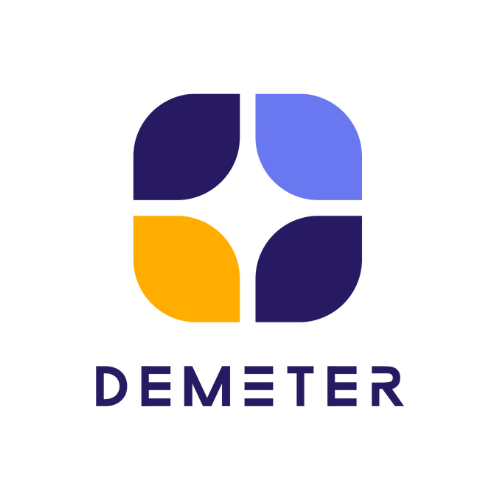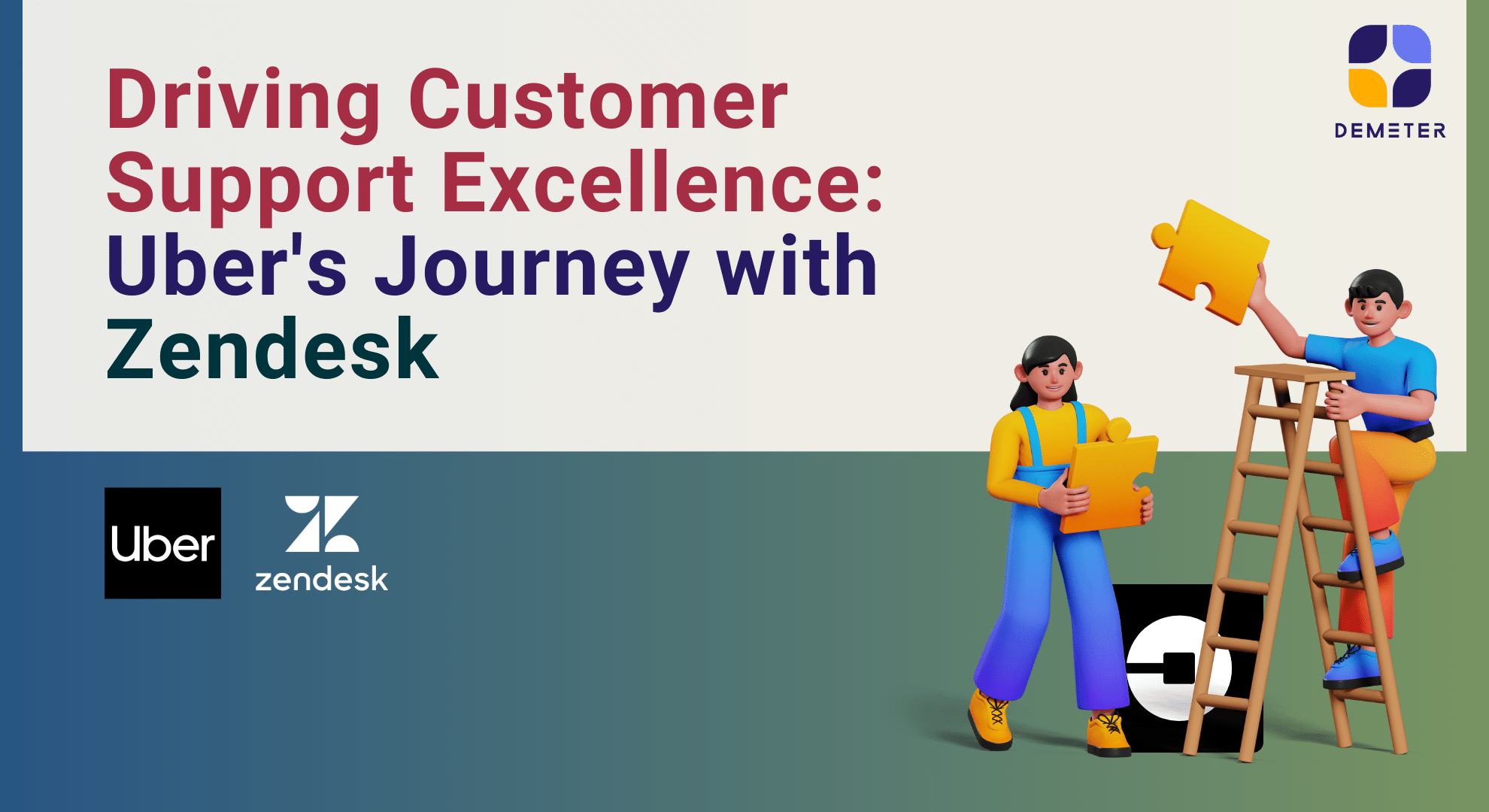Very few companies attain the level of success that transforms their name into a verb. Uber, founded in 2009, is among the elite, revolutionizing transportation globally by providing safe, affordable rides with just a tap of a button in over 450 cities and 76 countries. Operating on a vast scale, Uber connects people and utilizes local resources to meet diverse community transportation needs.
Behind Uber’s seamless rider and driver experience lies a complex support ecosystem, pivotal as the company rapidly expands worldwide. With operations in over 450 cities and the introduction of products like UberEATS, UberRUSH, and Uber for Business, Uber navigates complexity and high customer interaction, necessitating constant adaptability.
Uber Choosing Zendesk Support from the Start:
From the start, Uber chose Zendesk Support for rider and driver support, even when customer service was handled by individual city teams. As an agile, cloud-based tool, Zendesk Support was easy to deploy for teams as new cities launched.
“Uber’s journey with Zendesk began as we signed up off-the-shelf back in 2010, it scaled with us through millions of trips and support contacts per week,” said Michael York, Product Manager for Uber’s Customer Obsession team, which handles all externally-facing support for riders, drivers, and now, eaters.
With growth comes change. Over the course of two to three years, Uber’s support team grew from a couple dozen city team members handling support to more than 1,000 dedicated agents, and the time came for the company to centralize customer service into a single, global, multi-lingual, multi-tiered, multi-channel organization.
Chat Support Revolution:
While most of Uber’s support volume comes through the Uber app today, the company began to experiment with other support channels over the years. Ashley Bradford, Global Chat Support Program Manager, spearheaded the adoption of Zendesk Chat in 2014, overseeing its expansion for new driver onboarding and UberEATS. Chat support agents now handle over 30,000 chats weekly in the U.S. alone.
“Chat is great for onboarding new drivers, empowering agents to answer many questions in one interaction,” Bradford said. “It’s really fast.”
As part of onboarding, new drivers are prompted to upload a series of documents and create their driver profile, so Uber surfaces the Zendesk Chat widget to allow drivers to ask questions as they go. This is offered in addition to the hundreds of physical locations where drivers can stop in for in-person support.
Real-time Insights for Seamless Experiences:
Zendesk Chat’s real-time dashboard proves invaluable for monitoring interactions, aiding managers in decision-making based on volume and CSAT. Bradford maintains high standards, aiming for a CSAT above 95% at all times.
“UberEATS is also an interesting use case for chat,” Bradford went on, “because we’re connecting three parties—‘eaters’ with restaurants, and then couriers handling the delivery. We use live chat primarily with eaters to ensure their experience is seamless.”
What feels like a seamless experience to the eater is, from the agent side, a complex case often requiring back-and-forth communication with the restaurant. Similarly, couriers might chat back and forth with an agent to clarify an eater’s location. That’s why Zendesk Chat’s real-time dashboard is particularly valuable. “As agents handle more difficult interactions,” Bradford explained, “managers can look at the monitoring history and make decisions based on volume and CSAT. That real-time insight is useful. It’s also mesmerizing to watch chats come in and be served to agents.”
“You can set up Zendesk Chat quickly and use it to test the user experience. All you really need is a strong Internet connection.”
Global Experimentation and Strategic Collaboration:
“Our relationship with Zendesk has been great,” Bradford said. “I’ve met with product managers from across Zendesk Chat—some from the U.S., some from Singapore—to talk about what an enterprise-level chat solution should look like for us. Those conversations have been so valuable because we’ve been able to share where we think we can unlock growth. Together we’ve shaped some features that are core to our operations.”
Reference: Zendesk




